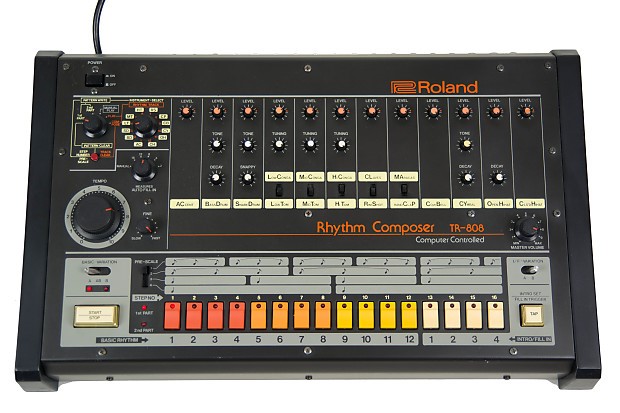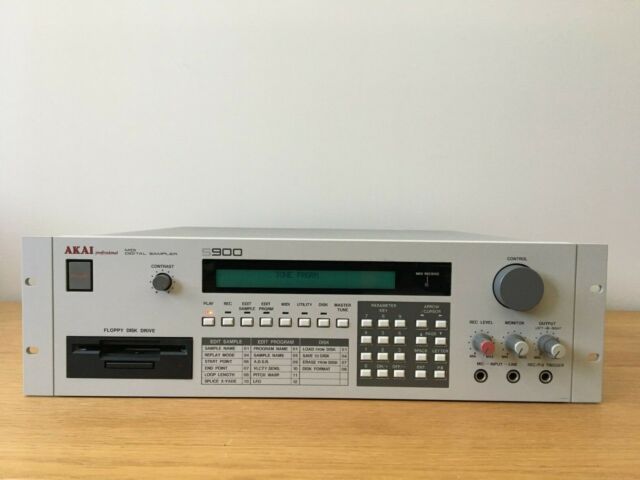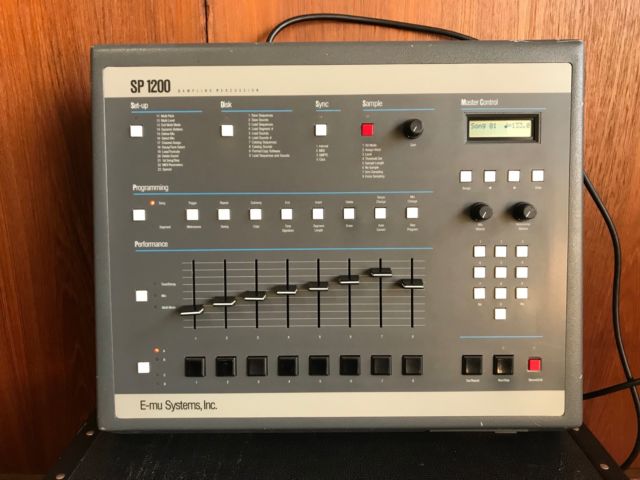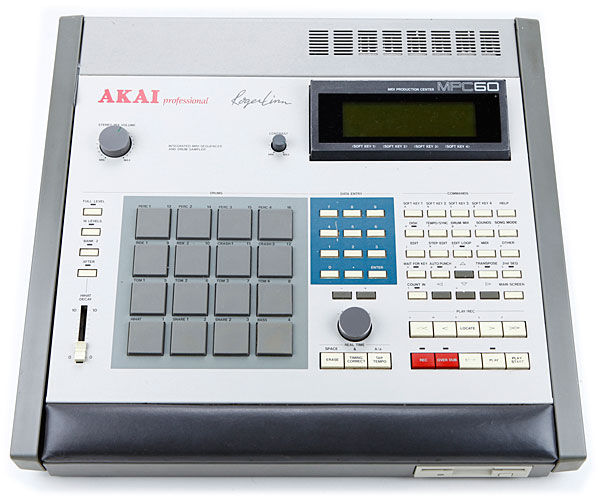Summary of the second era of Hip Hop from 1985 to 1995
SUMMARY
So what makes this era so special that it receives a title implying it was the best? The Golden Age represents a time when Hip Hop Music techniques had advanced beyond the primitive Old Skool Age but was still distinctly separate from the world of pop music. New rap styles and productions sounds were constantly being invented and introduced directly into mainstream of Hip Hop and copycats were ridiculed for biting.
SOUND
The golden age is characterized by several different styles including Hardcore/Gangsta rap, Boom bap, G-Funk, New Jack Swing, and Hip Hop Soul.
Apparel
Old school rappers like Afrika Bambaataa and Melle Mel of Grandmaster Flash and the Furious Five tended to dress in the flashy attire that was commonly attributed to glam rock and disco acts of the era: tight leather, chest-baring shirts, gloves and hats with rhinestones and spikes, leather boots, etc. Run-DMC discarded the more glam aspects of early hip hop fashion (which ironically, was later readopted in 1990 by more “pop” rappers like MC Hammer and Vanilla Ice) and incorporated a more “street” sense of style such as Kangol hats, leather jackets, and unlaced Adidas shoes.[2] The group’s look had been heavily influenced by Mizell’s own personal style. When Russell Simmons saw Jay’s flashy, yet street b-boy style; he insisted the entire group follow suit.[13] Run said later:
|
“ |
There were guys that wore hats like those and sneakers with no shoestrings. It was a very street thing to wear, extremely rough. They couldn’t wear shoelaces in jail and we took it as a fashion statement. The reason they couldn’t have shoelaces in jail was that they might hang themselves. That’s why DMC says ‘My Adidas only bring good news and they are not used as felon shoes.’[14] |
Street wear dominated the Golden Age. During the late 1990s the money in the rap industry had reached the same levels of pop music and the fashion changed to reflect more lavish lifestyles. This included a change from gold jewelry to platinum, bright colorful clothes, shiny flamboyant suits, grills, and expensive designer clothes.
TECHNOLOGY
Distribution
Cassette tapes and CDs (compact discs) were the primary medium for listeners during the Golden Era. At the start of it, cassette tapes were overtaking vinyl and were still being purchased at the end of it. In 1988 CDs overtook vinyl sales and midway through the era in 1991 CDs overtook cassette tapes in sales. The era is also recognized for boomboxes that could play CDs, tapes, and the radio. Also, boomboxes were used to record songs from the radio onto homemade mixtapes.
Roland TR-808
The Roland TR-808 Bass (Kick) Drum is a main component in Boom Bap beats. The Roland TR-808 Rhythm Composer was a drum machine developed in 1980 and the bass drum in it was often used or sampled to be incorporated into Boom Bap beats. Although the drum sounds were considered unrealistic by critics the TR-808 became a hit for emerging electronic, dance, and hip hop genres partly due to its booming bass drum. An early hit using the TR-808 include 1982’s “Planet Rock” by Afrika Bambaataa and the Soulsonic Force. Today it has become the drum machine used on more hit records than any other.

Roland TR-808 Drum Machine
Akai-S900
The Akai-S900 sampler was Akai’s first truly affordable professional digital sampler, released in 1986. Its sampling specifications were pro-quality at the time: 12-bit stereo sampling, 7.5kHz to 40kHz variable sampling rates and a maximum of 63 seconds of sample time at 7.5kHz. Up to 32 samples can be created and stored to disk along with any edit settings. This was one of the first rack-mount samplers to use a built-in disk drive. Although the drive could load sounds while you play, it was still a very slow process.

Akai-S900 Sampler
SP-1200
The E-mu SP-1200 is a drum machine & sampler combo of legendary status among old school rap and hip hop artists released in 1987. It has limited sampling specs: 26.040 kHz and 12-bit resolution. However the dirtiness of that sound was great for hip hop and house music as it reflected “old vinyl”. It features groove quantizing and a disk drive for sample storage. As an upgraded version of the 1985 SP-12, the SP-1200 focused on its coolest feature – sampling. The preset drum sounds of the SP-12 were omitted, leaving room for up to 32 user samples of your own custom sampled and edited drum sounds. The limited sampling time of the SP-1200 was overcome within the late 1980s hip hop production circles by sampling 33⅓ rpm records at 45 rpm, with an additional pitch increase, then replaying the sample from the SP-1200 at a much slower speed (by the use of Multipitch and/or Tune/Decay edit functions). This expanded the total sampling time while at the same time decreasing the resolution. By the early 1990s, nearly every working hip hop producer had adopted this technique as industry standard until the advent of newer samplers such as Akai’s MPC60, which provided higher sampling rates and more sampling time.

E-mu SP-1200 Drum Machine and Sampler
Akai MPC60
The Akai MPC60 is a digital sampler plus drum machine released in 1988 that opened the door for new sampling techniques. Most artists created their patterns in real-time adding drum parts to a beat-loop spontaneously creating a groove that captures the vibe. These patterns are varied and chained into a sequence. The Sampler section is lo-fi, 12-bit sampling at 40KHz but highly respectable. For Boom Bap it added swing in the drums so the drums sounded less electronic and more human. Whereas prior artists had sampled long pieces of music, the MPC allowed them to sample smaller portions, assign them to separate pads, and trigger them independently, similarly to playing a traditional instrument such as a keyboard or drum kit. Rhythms can be built not just from percussion samples but any sampled sound, such as horns or synthesizers. The MPC60 only allows sample lengths of up to 13 seconds, as sampling memory was expensive at the time and the developer expected users to sample short sounds to create rhythms; he did not anticipate that they would sample long loops. Functions are selected and samples are edited with two knobs. Red “record” and “overdub” buttons are used to save or loop beats. The MPC60 has an LCD screen and came with floppy disks with sounds and instruments.

Akai MPC60 Digital Sampler and Drum Machine
CLASSIC ALBUMS
[smartslider3 slider=7]
GOLDEN ERA IN POP CULTURE
TV Shows and Movies that reflect the Golden Era of Hip Hop
- 8 Mile; Setting-1995; Released-2002
- CB4; Setting 1995; Released 1995